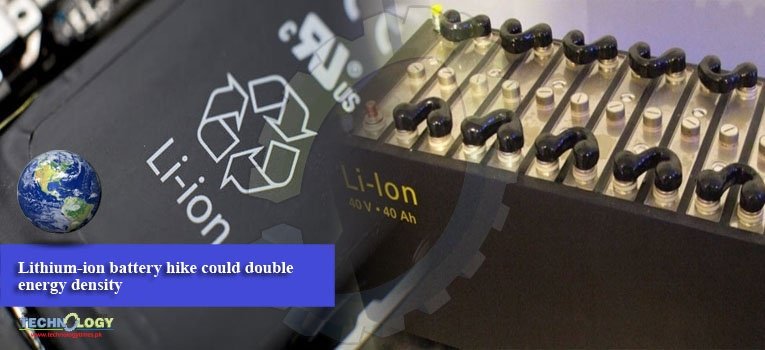Researchers have developed a new way of constructing lithium-ion batteries that might pave the way for stronger energy densities, performance, and battery safety.

The breakthrough centres on the solid-electrolyte interphase (SEI). “This layer is very important and is naturally formed by the reaction between the lithium and the electrolyte in the battery”, sayd Donghai Wang, professor of mechanical and chemical engineering.
One of the least-understood components of lithium metal batteries, the degradation of the SEI contributes to the development of dendrites, which are needle-like formations that grow from the lithium electrode of the battery and negatively affect performance and safety.
To get around this problem, the researchers have used a polymer composite to create a much better SEI. This ‘enhanced’ SEI, is a reactive polymer composite consisting of polymeric lithium salt, lithium fluoride nanoparticles, and graphene oxide sheets.
In short, the technology enables control of the lithium surface at the atomic scale. “When we engineer batteries, we don’t necessarily think like chemists, all the way down to the molecular level, but that’s what we needed to do here,” says Mallouk.
The use of the reactive polymer layer within batteries also decreases the weight and manufacturing cost, further enhancing the properties of lithium-ion batteries.